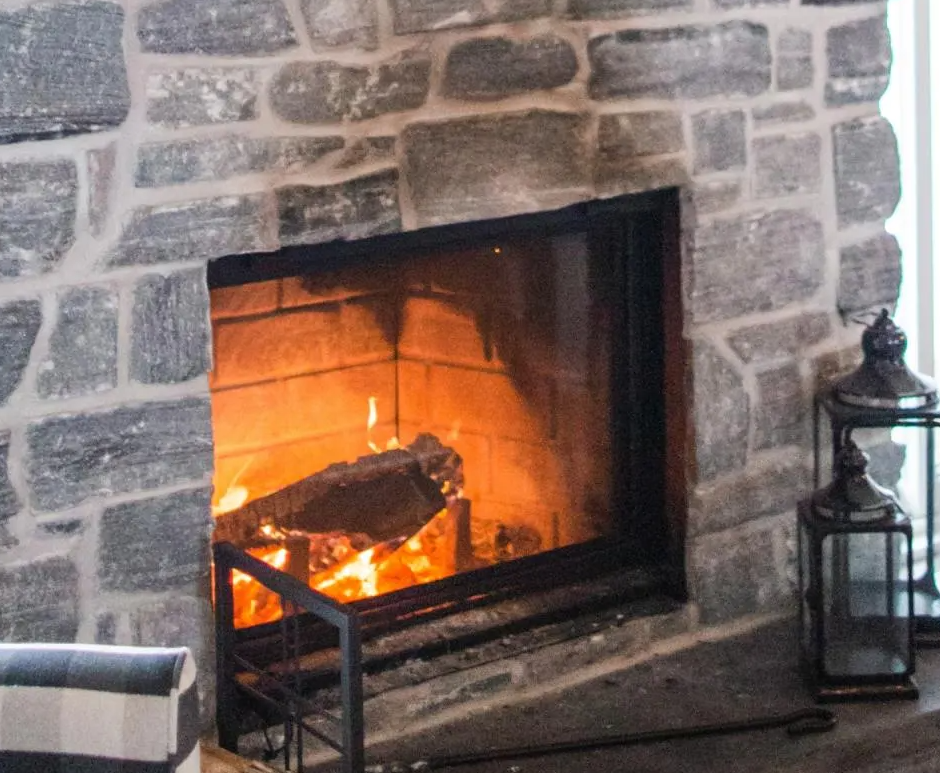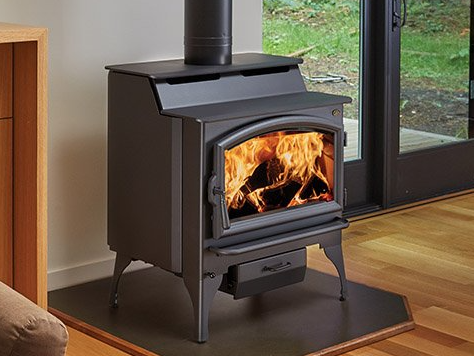WHAT TO EXPECT WHEN HAVING YOUR CHIMNEY SWEPT
It is best practice to have your chimney swept at least once, if not twice, per year if you own a wood-burning fireplace. Scheduling chimney service is important and booking before busy season in the fall is a good idea. A chimney sweep will be able to provide feedback on the health of your fireplace and chimney and even give you pointers on increasing the efficiency of your wood-burning fireplace and how to use it properly. This is what you can expect when having your chimney swept.
WHAT IS CHIMNEY SWEEPING?
Chimney sweeps are certified technicians who have an array of equipment used to clean the inside of your chimney and flue of a wood-burning fireplace or wood stove. Over time, a chimney can get clogged with debris and gunk and even creosote; you don’t want this to accumulate. Creosote is a thick, hard coating of toxic debris that is created when wood, fossil fuel, or tar is burned. It needs to be removed to ensure your safety when lighting a fire.
WHAT TO EXPECT
The main tool that a chimney sweep uses resembles a giant bottle brush. it is a heavy rod with metal bristles around the top that are used to sweep down the inside of the chimney. They will put down a drop cloth and use a shop vac to decrease soot levels inside the home. A mask and goggles protect their eyes and nose.
Starting from the bottom up or top-down their goal is to scrape away the dirt and debris that has built up in your chimney over time to ensure that you can use your wood-burning fireplace safely.
CRITTERS AND JITTERS
When the chimney isn’t in use, birds, bats and other critters can make a nest in your chimney. I have had two incidences where animals made their way into an unused fireplace and chimney. Once a whole family of raccoons moved in. They ate a hole right through the wall into the living room from inside the soot hatch. Then there was the incident involving a goose at the cottage. He made it down the chimney and into the basement. I arrived at the cottage to find a very cranky goose waddling around. Animals like the chimney for a home because it’s dark, safe, and dry. Having a chimney sweep in once or twice a year can help you keep furry and feathered friends away while maintaining a clean and efficient fireplace.


